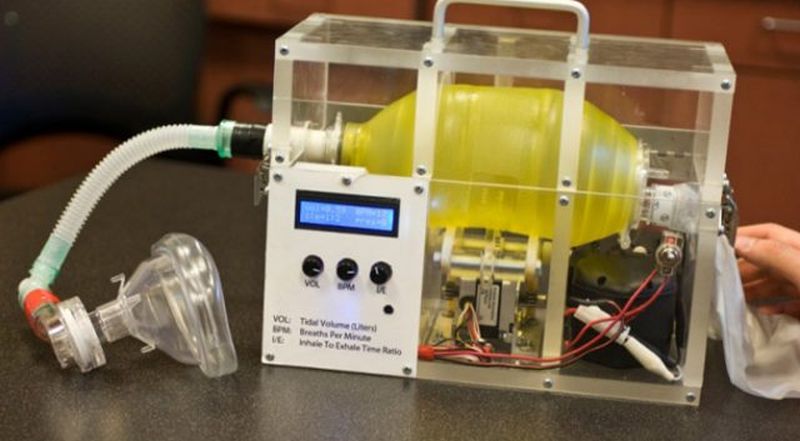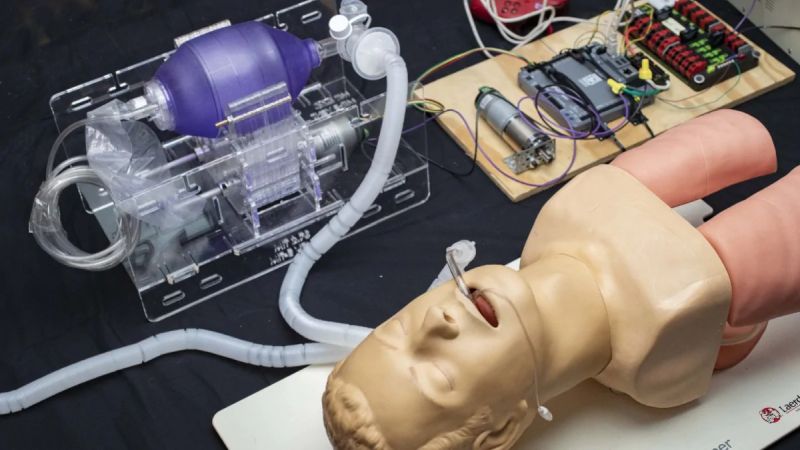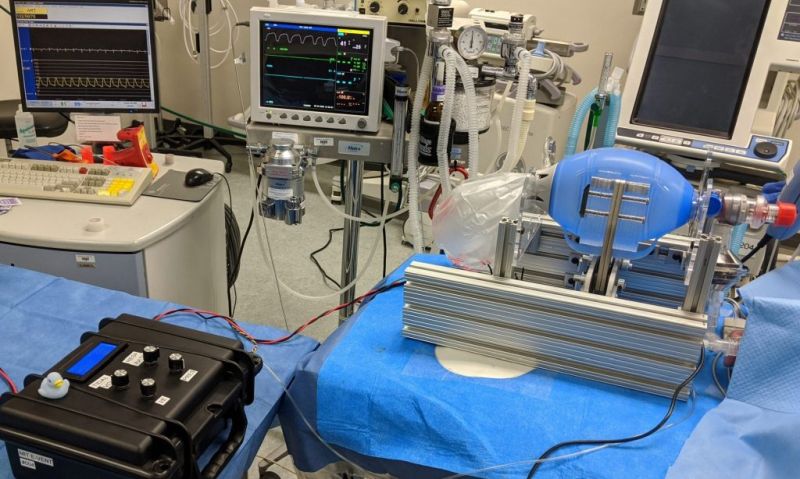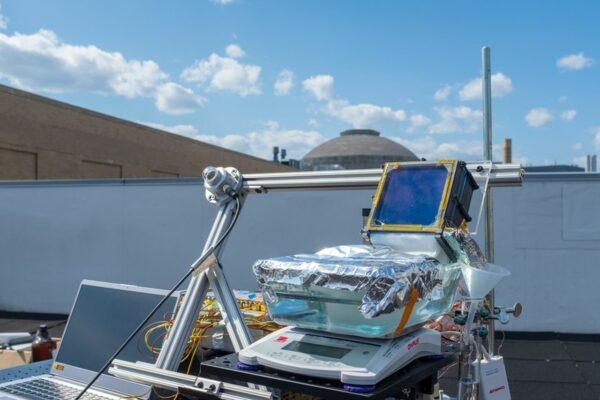MIT Invents E-Vent, An Inexpensive Open Source Ventilator for Coronavirus Treatment
Given the pressing shortage of ventilators in hospitals during the COVID-19 emergency, a team from MIT has designed an efficient and inexpensive open source ventilator for coronavirus patients. A rapidly gathered volunteer team of engineers, physicians, computer scientists, and others (all centered at MIT) is working to implement a safe, inexpensive alternative for emergency use, which could be built quickly around the world.

Image: MIT E-Vent
The ventilators have become more necessary than ever to cure respiratory illnesses caused by the problematic coronavirus. These machines can keep patients breathing when they no longer can on their own. However, the conventional ventilators can cost around $30,000 each.
Called MIT E-Vent (‘E’ for emergency ventilator), was formed on March 12 in response to the rapid spread of the coronavirus pandemic. Students and faculty working in consultation with the local physicians designed a simple ventilator device that could be built with equipment worth $100, although since the component prices have gone up in the years, the parts for device would now cost $400 to $500.

Image: MIT E-Vent
The team published a paper detailing their design and testing. With the significant need emerging, a new team, linked to that course, has resumed the project at a highly quicker pace.

Image: MIT E-Vent
Unlike the expensive mechanical ventilators at hospitals, this is a manual ventilator that personnel would need to operate by hand. The key to the simple, inexpensive ventilator option is a hand-operated plastic pouch called a bag-valve resuscitator, or Ambu bag, which hospitals already have on hand in large quantities.
The team made modifications to ensure the device would be easy to make and operate, and they developed a new metal frame for improved durability.
MIT, along with schools across the nation, has asked all of us to work from home. The crisis has created a unique opportunity to experiment in online / distance education and we are all learning together.


